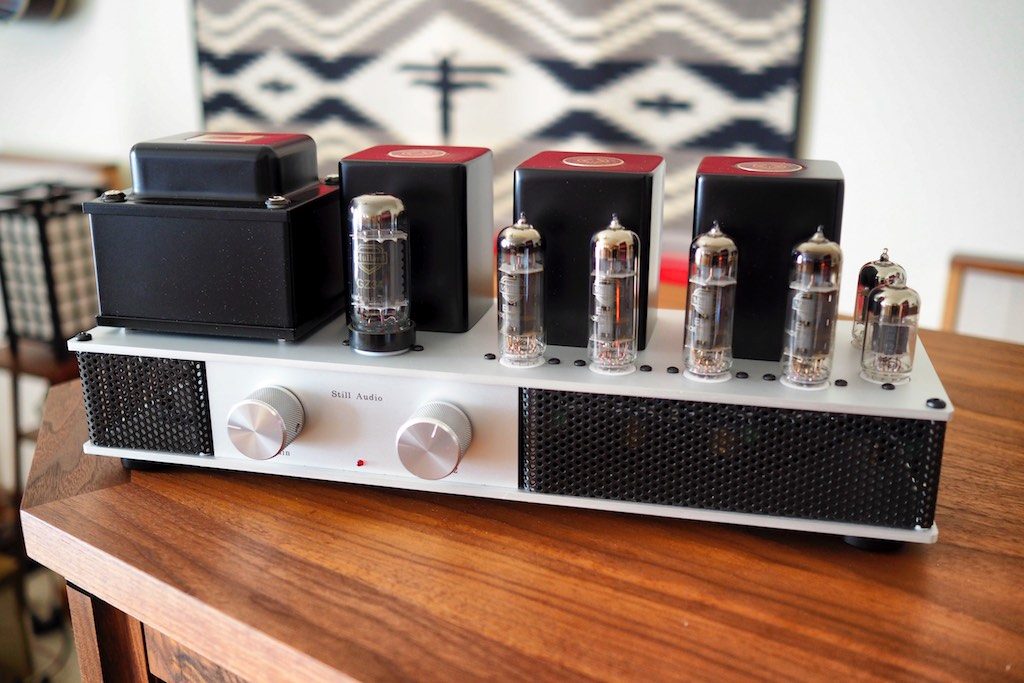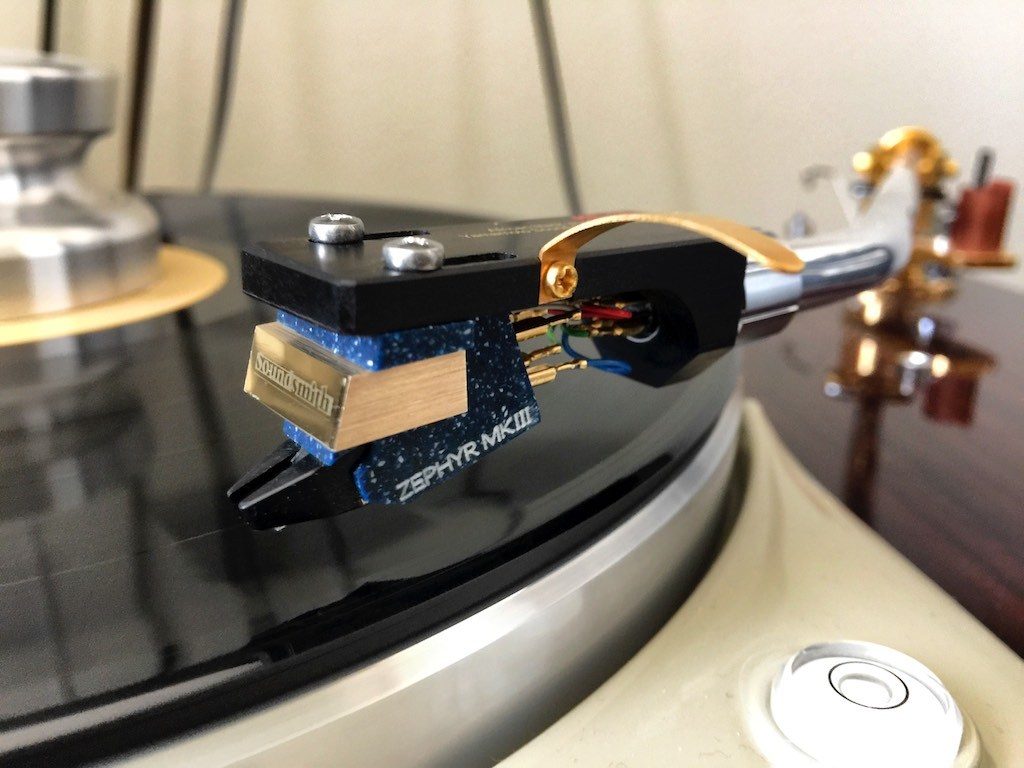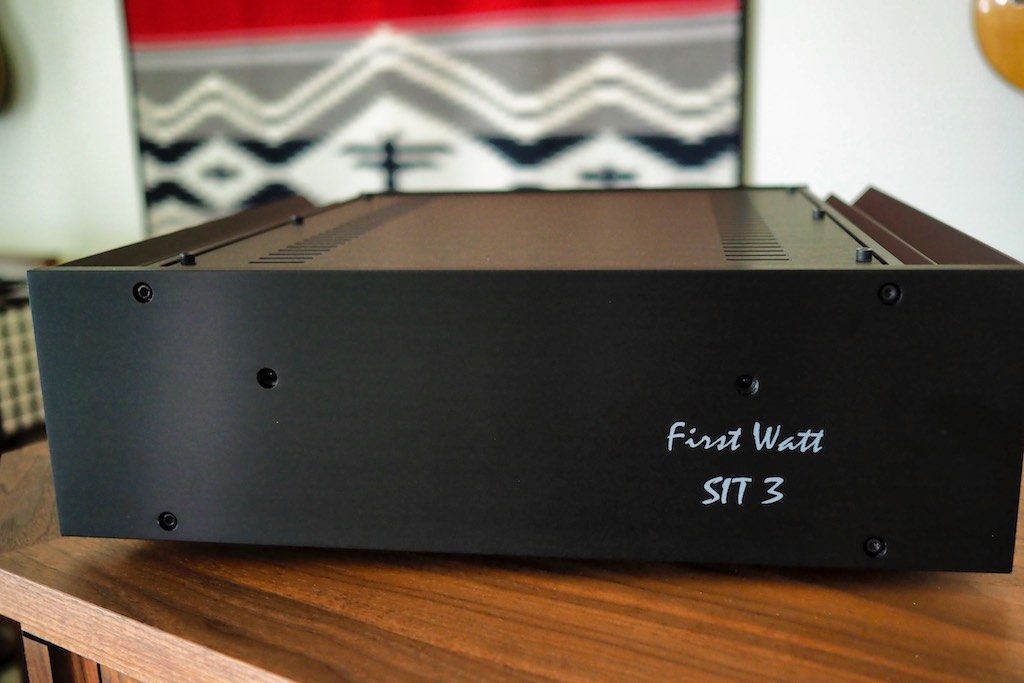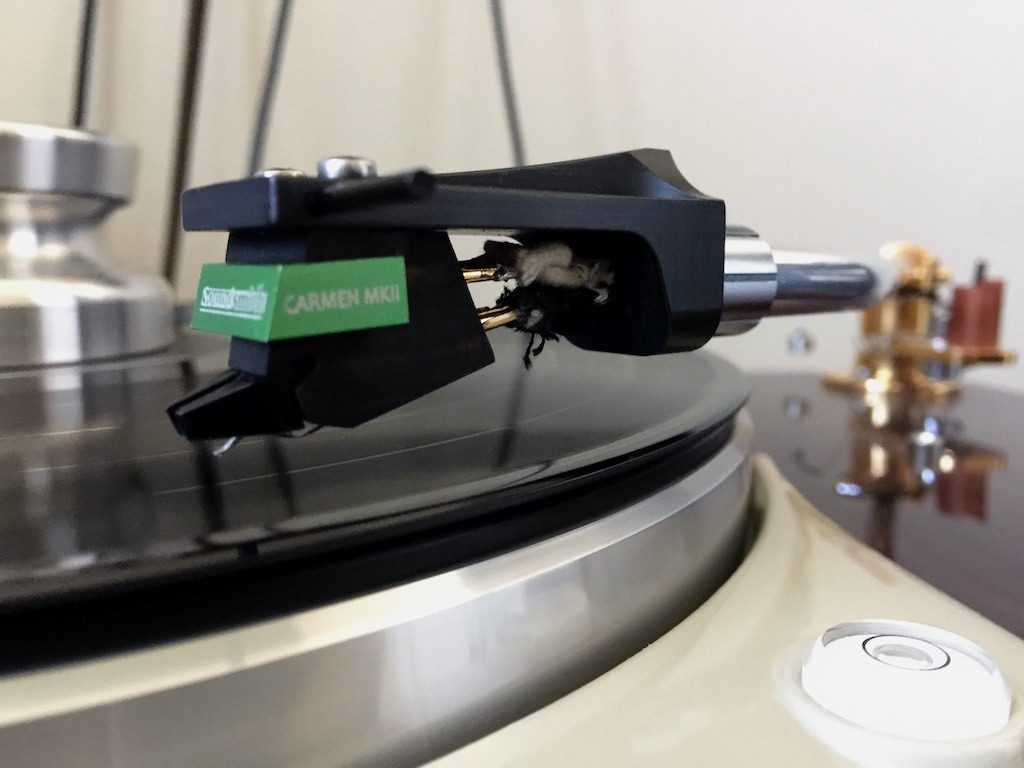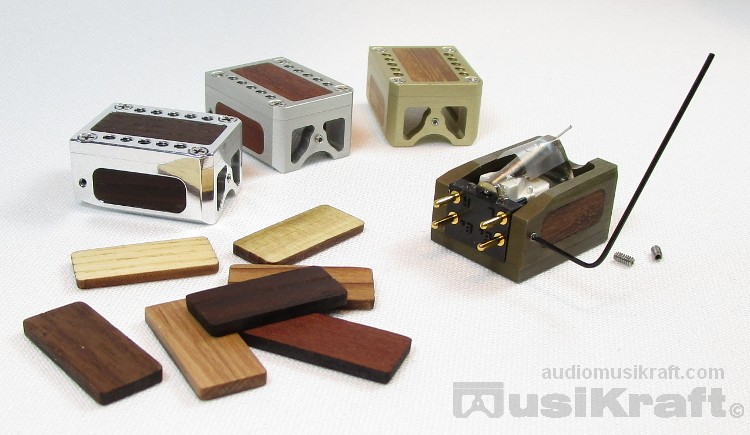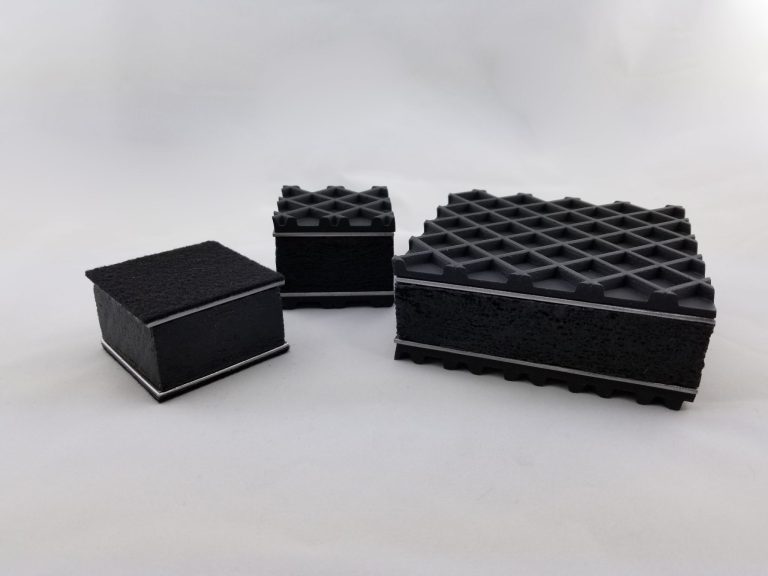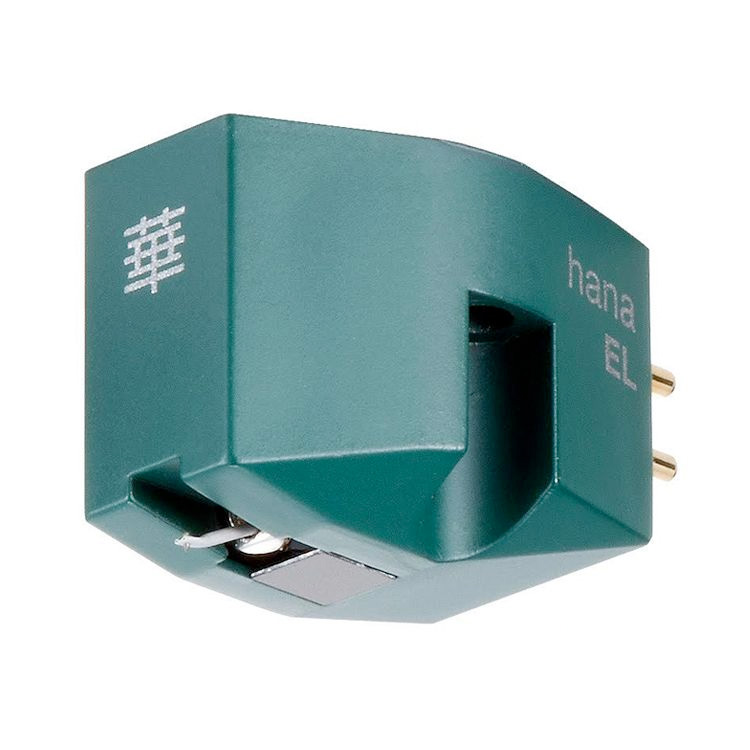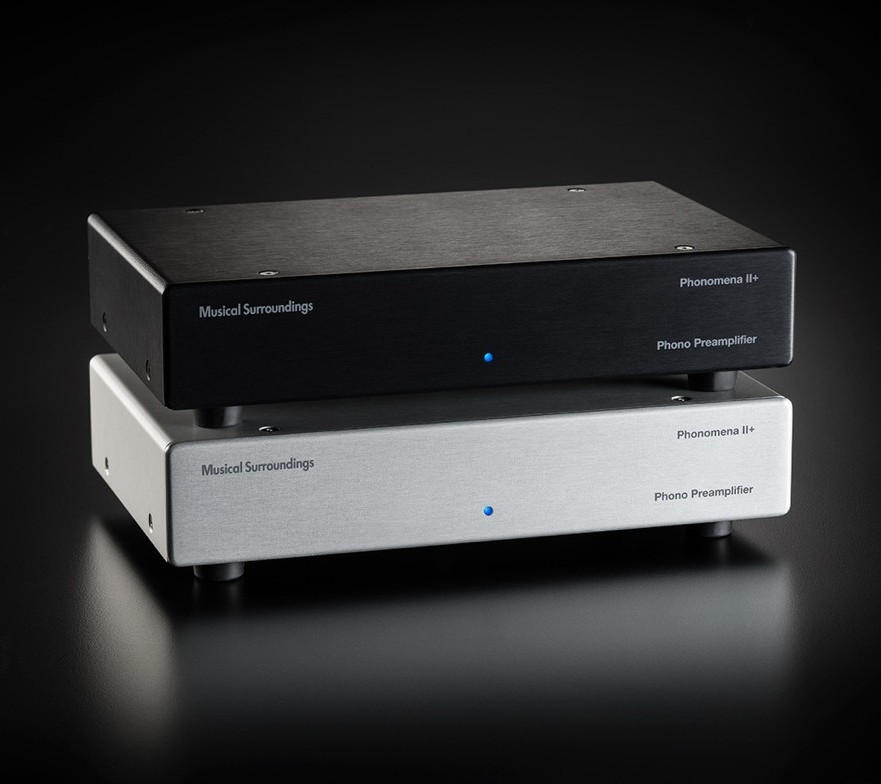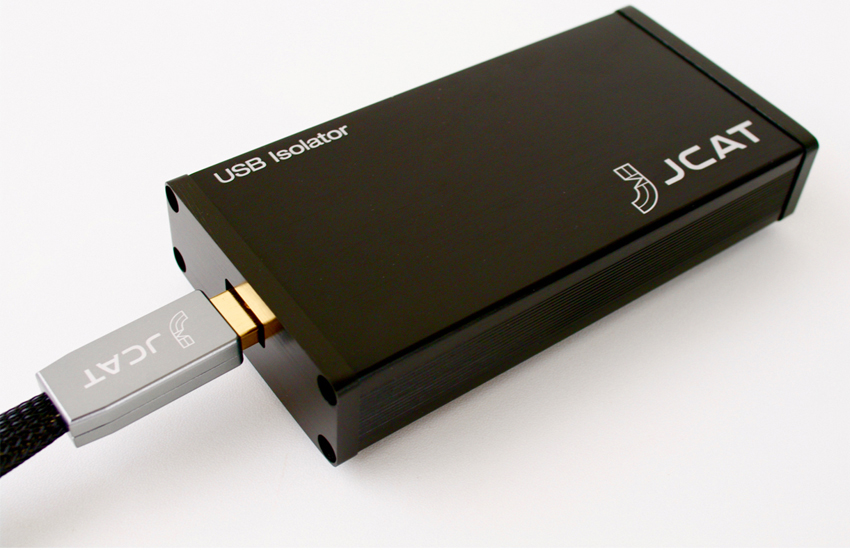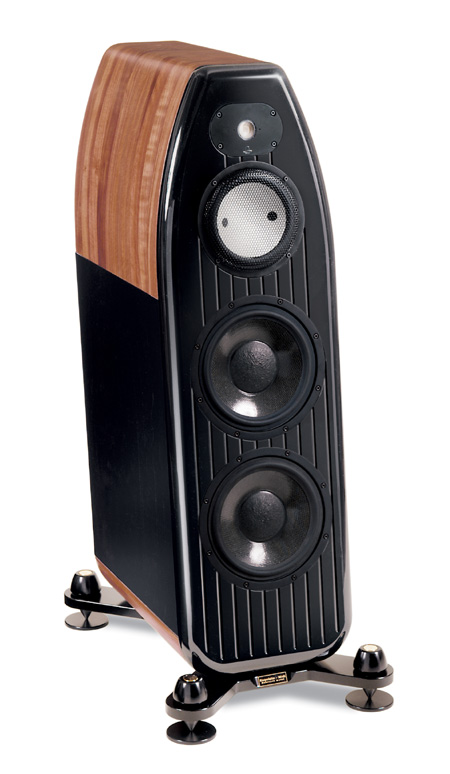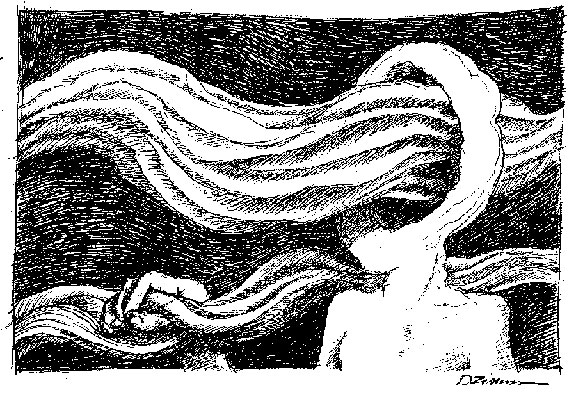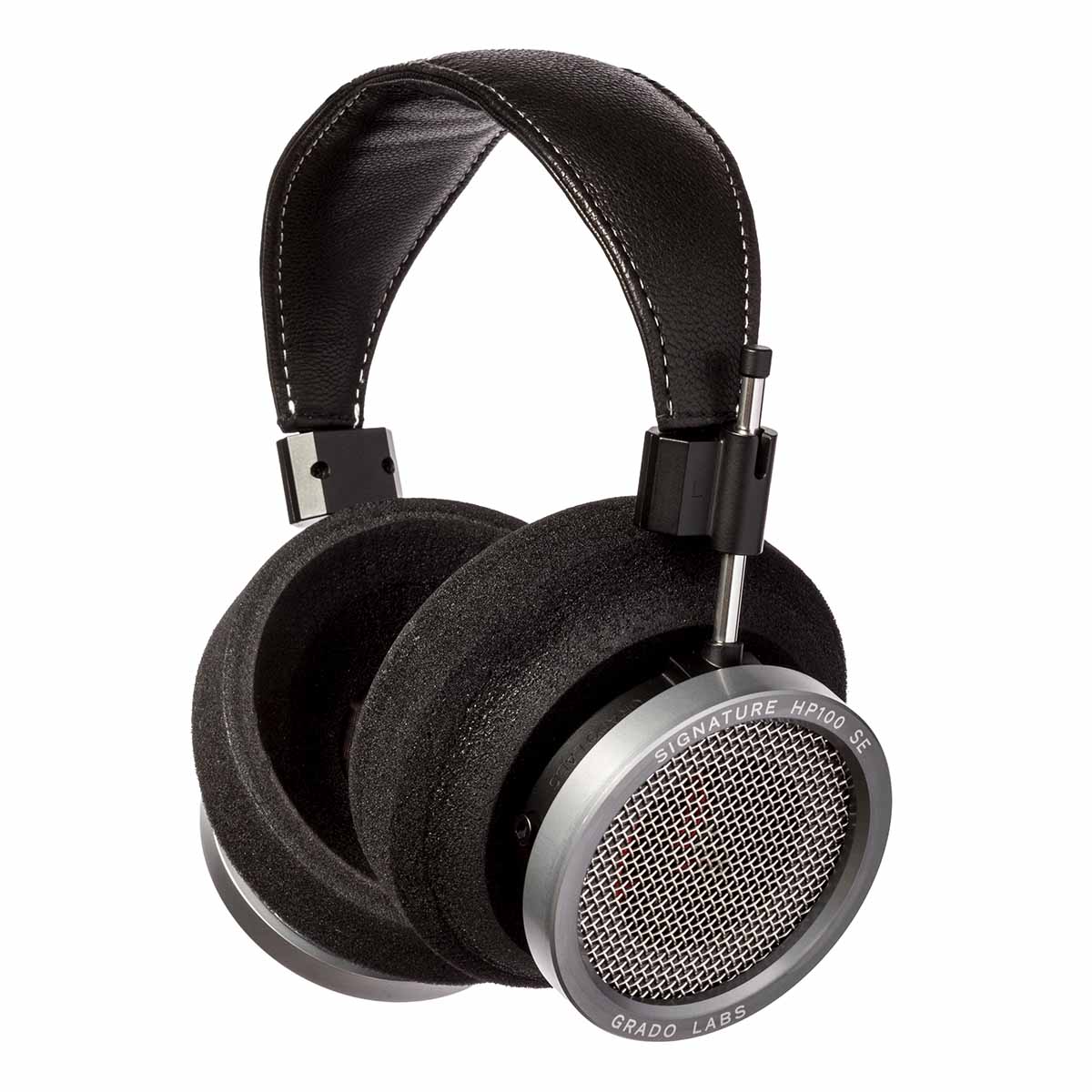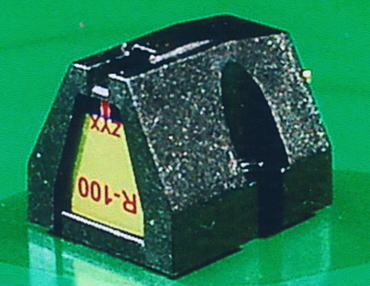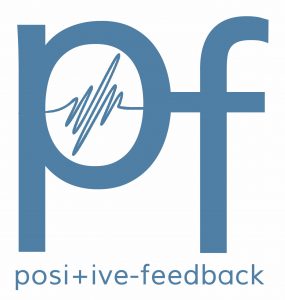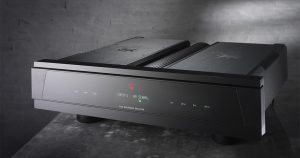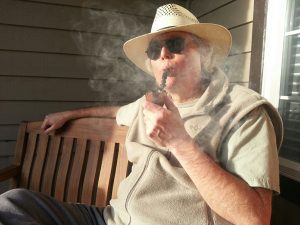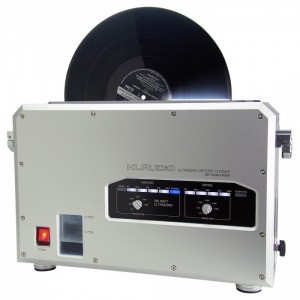Jeff Day
When I received the message from Editors Dave and David that it was once again time for Positive Feedback writers to turn in our three Writers Choice Awards for the year, I reflected back on my year in audio, the products I've written about for Positive Feedback, and my long-term impressions about them.
Having a limited amount of time to write about audio, I choose only to write about audio products that are innovative, and that I think have the potential to be truly exceptional, as well as interesting for you to read about.
That creates a personal drama for me as I down-select to three from a group of high-performance artisanal audio products that I have written about over the year, which each potentially deserve the recognition of a Writers Choice Award.
Let me first recap my 2018 Positive Feedback reviews for you, then I'll down select, and tell you who my 2018 Writers Choice Awards will go to.
The award candidates for 2018 are the Still Audio EL84 Integrated Amplifier, the Soundsmith Zephyr Mk III phonograph cartridge, the First Watt SIT-3 stereo power amplifier, the Soundsmith Carmen Mk II phonograph cartridge, and the Audio MusiKraft Denon DL-103 phonograph cartridge.
Still Audio EL84 Integrated Amplifier $2895
The thought that kept coming to mind while I was reviewing the Still Audio EL84 integrated amplifier was, "It just sounds like music." I really enjoyed my time with the Still Audio EL84 integrated amplifier by Mark Still. The voicing is spot-on for my tastes, with a blend of audiophile-style sonics, and musicality that is about as ideal as I've ever come across in an amplifier.
The parts and build quality of the Still Audio EL84 are superb. I love its Fi-like appearance and artisanal nature. At $2895 USD the Still Audio EL84 is a remarkable bargain for a boutique handcrafted integrated amplifier with a superbly musical balance, and its fine craftsmanship means it's an integrated amplifier you can treasure for the ages.
Read more HERE
Soundsmith Zephyr Mk III Phonograph Cartridge $1500
I love the way that Peter Ledermann has voiced his new Soundsmith Zephyr Mk III phonograph cartridge. The Zephyr Mk III is naturally warm, remarkably musical, sonically excellent, exhibits a vivid musical presence, is dynamically superb, is tonally beautiful, resolves lots of meaningful musical and sonic nuance, and exudes a high quality of construction.
I also love the fact that I can get this level of performance from a phonograph cartridge without needing an expensive step-up transformer (SUT) to accomplish it—it's a satisfying and liberating feeling! The Soundsmith Zephyr Mk III is a bargain at $1500 USD for its über level of musical and sonic performance, and I think you will be mightily impressed by the Zephyr Mk III, just as I was. The Soundsmith Zephyr Mk III easily outperformed my reference SPU phonograph cartridge plus SUT at a fraction of their price.
Read more HERE
First Watt SIT-3 Stereo Power Amplifier $4000
Compared to other amplifiers I have heard in my home music and audio-video systems, the First Watt SIT-3 stereo amplifier by Nelson Pass is one of the best, if not the best, amplifier I have ever heard in terms of its artful balance of musicality and sonics, but perhaps most importantly it provided such a clear view into the artistry of the musicians and the emotional impact of their music that it was truly remarkable, and unmatched in that regard by any other amplifier in my experience. The First Watt SIT-3 made me want to get out all my favorite albums just to hear what new musical insights I might discover hidden within their grooves.
Is the First Watt SIT-3 the best low-powered amplifier ever? It just might be. If you think you might want a First Watt SIT-3 of your own don't wait too long to decide, as they are a limited production item and only 250 of them will be built and offered for sale.
Read more HERE
Soundsmith Carmen Mk II Phonograph Cartridge $1000
I immensely enjoyed my time listening to Peter Ledermann's new Carmen Mk II, and I can easily recommend it for its enchanting and music-lover friendly blend of live-like musicality and well-balanced audiophile-style sonics, which drew me into the music so easily that I quickly set aside my reviewing mindset and just settled into music listening for the sheer joy of the experience.
Like the more expensive Soundsmith Zephyr Mk III, the Carmen Mk II has high-output so an expensive step-up transformer (SUT) is not needed. For anyone with a $1000 to spend on a new phonograph cartridge, the Carmen Mk II is the cartridge to buy, and its performance was every bit the equal of my SPU phonograph cartridge plus SUT at one-fifth the price!
Read more HERE
Audio MusiKraft Denon DL-103 Phonograph Cartridge $579
Guy Pelletier's Audio MusiKraft Denon DL-103 is a marvel of design excellence and tweak-ability. The fully adjustable Audio MusiKraft cartridge shell that replaces the stock Denon's flexy flier shell elevates the performance of the beloved classic Denon DL-103 phonograph cartridge to new heights, and allows the listener to adjust its voicing to fit their musical fancy.
I think the Audio MusiKraft Denon DL-103 is a brilliant product, and I hope that its powerful tunability features stimulate a revolution in realizing the importance of tunability in achieving one's ultimate vision of hifi performance.
Read more HERE
As always, this year's reviews have yielded an impressive line-up of artisanal audio products, and I can recommend each and every one of them to you for your future musical enjoyment.
Whether it's Mark Still's Still Audio EL84 Integrated Amplifier, Peter Ledermann's Soundsmith Zephyr Mk III or Carmen Mk II phonograph cartridges, Nelson Pass' First Watt SIT-3 stereo power amplifier, or Guy Pelletier's Audio MusiKraft Denon DL-103 phonograph cartridge, each of these designers and their artisanal audio products are all worthy of praise and recognition for their lofty accomplishments, and they are tangible proof that high-performance audio around the world will remain vibrant and exciting for years to come!
So now for the drum roll announcing my three Positive Feedback Writers Choice Awards for 2018!
I would like to congratulate Mark Still, Peter Ledermann, and Nelson Pass on your 2018 Writers Choice Awards for the Still Audio EL84 Integrated Amplifier, the Soundsmith Zephyr Mk III phonograph cartridge, and the First Watt SIT-3 stereo power amplifier, respectively!
Congratulations, and thank you, Mark, Peter, and Nelson, for keeping the flame of enthusiast audio burning bright with your impressive accomplishments in the audio arts!
As always, dear readers, thank you for stopping by to read my writing at Positive Feedback, and may the tone be with you!
Tom Gibbs
AV RoomService EVPs (Equipment Vibration Protectors) $29 - $95 each
I knew that Norman Varney's company, AV RoomService, Ltd., worked with custom audio installations in high-end environments. But the fact that his company designed and sold products aimed at improving the audiophile experience was completely off my radar. The Equipment Vibration Protector (EVPs) were surprisingly similar in appearance to something else that randomly showed up on my Facebook feed recently from another company that mainly dealt in industrial resonance control. The big difference being, Norman's EVPs come being touted as the result of a significant amount of acoustical research, and that the EVPs incorporate proprietary damping materials in their construction. I'd seen ads for a few years for products aimed specifically at improving subwoofer resonance and vibration characteristics, but nothing that sparked much interest on my part or offered much of a rationale as to why I should even care.
The EVPs come in a variety of configurations with differing sizes and materials, depending on your particular needs. Their core construction appears to be basically the same throughout the range, with multiple layers of compressed, high-density molded glass fibers that are attached to each other with a proprietary damping compound. A cold-rolled steel plate is then attached to both the top and the bottom of the EVP. The purpose of the steel plate is to allow the use of spikes or cones on your equipment without compromising the internal structure of the EVP. The major appearance difference between the various incarnations is the outer layer, which is either a felt pad, or a honey-combed layer of rubber, and is determined by your intended use. While the overall thickness of the three different grades of EVPs that I received appear to me to be about the same, Norman tells me that the varying densities of the glass fibers used in the different EVP models determine the weight rating appropriate for the equipment they're intended to be used with.
The real shocker of the EVP experience, for me, has been that the impact of having them in my system was literally immediate. I don't really know what I was expecting in terms of how the EVPs would impact my listening routine; I didn't really see how the EVPs would require any break-in or burn-in, or what or how I expected to use in evaluating their performance. I only know this: from the first moment the needle touched the surface of the LP, I immediately knew that a paradigm shift was taking place in how I was now going to be appreciating the quality of the sound coming from my system. I was totally not expecting this! I really didn't think that much I could do short of a major equipment purchase could make this kind of shocking improvement to my playback quality. Obviously, I was so wrong.
The bass not only seemed deeper, but also much clearer and more impactful. The overall effect of the EVPs in the listening room is an audiophile's dream: deeper, blacker backgrounds; a less congested midrange; and more tuneful and well-defined bass. While I thought this review would be something of a process, my impressions were confirmed within the first few hours and have remained consistent over the ensuing months they've been in place.
Here's the part I wasn't expecting: not only have the EVPs totally transformed the listening experience inside my room, but the EVPs underneath the subwoofers also have helped reduce the amount of vibrational noise transmitted to the main level of the house. I know that the EVPs decouple the subs, effectively reducing a lot of in-room vibration, I just didn't expect that to translate into a significant reduction of bass vibrations upstairs. I can now listen to most everything I normally listen to at my preferred volume level, without creating complete chaos elsewhere in the house.
I'm blown away by the EVPs; the difference isn't subtle, and the time I've spent listening over the past couple of weeks has been in amazement at the improvement wrought by these relatively unobtrusive devices.
Read more HERE
Hana EL $475 and SL $750 Moving Coil Cartridges with the Musical Surroundings Phonomena II + Phono Preamp $750
Hana cartridges are manufactured by the Excel Sound Corporation of Japan; they've made quite a name for themselves as OEM suppliers to many other well-regarded brands over a 45-year-plus period. With the Hana line (Hana's English translation is brilliant or gorgeous), they've finally made their own offerings available to the public. All models in the Hana line are moving coils, and share much of the same internal technology. The big differences being the coil windings that determine choice of output level (High or Low) and stylus configuration (Elliptical or Shibata). The $475 price point of the EL falls squarely in my comfort zone for a cartridge with higher-end pretensions.
Over the last ten years or so, I've collected (and inherited!) hundreds of records, old and new. And I've developed a fairly good method for cleaning older records such that, unless damaged irreparably, generally playback with surprising clarity. That said, when you truly love the vinyl playback experience, you tend to accept the inevitable pops, ticks, and other assorted warts that accompany the playback ritual. Playing an LP record is a ritual; cleaning, brushing, and stylus care are only part of the overall process. Everything contributes; the tonearm and table, the phono preamplifier, and (quite possibly) most importantly, the cartridge. A really great cartridge has the capacity to elevate your system exponentially.
In my relatively modest, sub-$2.5K analog front end (that still reaches for the stars!), the Hana EL is undeniably that cartridge. At its asking price of $475, it's an exceptional value. I couldn't help but notice that the Hana EL did so very many things so very well that essentially left my Sumiko cartridge sounding, if anything, very plain vanilla. The Hana seemed a touch stiff out of the gate, but it didn't seem to take much in terms of run-in time (a month or so of heavy playback) for the sound to reach a perfect and consistent stasis. The EL's elliptical stylus tip does a remarkable job of tracing the record grooves; in terms of musicality and retrieval of detail, the Hana delivers it in spades.
Garth Leerer of Musical Surroundings (Hana's distributor) was very keen to get my impressions of the upgrade cartridge in the line, the Hana SL, which replaces the elliptical tip with a Shibata, and raises the retail to $750 USD. He also sent along Musical Surrounding's own Phonomena II+ Phono Preamp, to offer me the experience of hearing the Hanas with the preamp that he feels is perfectly mated for them. First off, I took a couple of months to basically break-and-burn-in the Phonomena and did so by taking a good listen to the EL that was already mounted in the arm of my ProJect The Classic table.
I have to admit that it didn't take much run-in time at all to come to the conclusion that the Phenomena II+ was a new reference for me in terms of LP playback enjoyment. I've never heard or experienced another phono preamp that offered so very much in terms of musically detailed and transparent playback, and when the cartridge was switched to the Hana SL, that lifted the experience even further into the ozone. It's a truly remarkable playback experience; records of every genre are rendered with a new fidelity that just defies belief, especially at the modest price point. '
Read more HERE and the Hana SL and Phonomena II+ reviews are forthcoming very shortly.
JCAT USB Isolator $423
I've been using JPLAY as my go-to computer-based music player/streamer for the last couple of years—it's without a doubt the very best bang-for-your-buck improvement for use with any PC music playback system. In my review of the Sonore microRendu last year, I found that music via my PC with JPLAY came darn close to matching the excellence of the Sonore stand-alone streamer used in combination with either Roon or a DLNA source. I'm very happy to remain in regular contact with Marcin Ostapowicz of JPLAY. Not long after my original JPLAY experience, he launched the JCAT brand of high-end computer audio accessories and devices. "JCAT" stands for JPLAY Computer Audio Transport, and JCAT offers equipment designed to enhance not only music systems that employ JPLAY, but any system with high-end aspirations.
Marcin offered me what he felt would be an excellent enhancement to my system, the JCAT USB Isolator. Essentially a galvanic isolation device, the USB Isolator is designed to remove any noise present in the USB signal, using what JCAT touts as "the world's first industrial high speed USB Isolation technology from Intona." I have fairly extensive experience with Audioquest's JitterBug variety of USB isolation, and while those devices are indeed effective, the JCAT unit offers isolation on steroids that can't even be approached by most isolation devices.
On initial inspection, it's a very impressive-looking piece of hardware that's encased in heavy aluminum; Marcin suggests that the aluminum casing adds an additional layer of isolation, and you'll get no argument from me on that account! The JCAT unit requires no external psu; its low-noise, linear regulator is powered entirely by the USB bus. Ease of operation is also superb with the JCAT USB Isolator; there are no drivers required for installation or use, and the device works with every digital file type know to man. The JCAT is a very elegant looking and well-made device, and it has worked perfectly in every configuration I've employed it in.
Per my usual practice, I sent a nonstop stream of bass-and-sax-heavy jazz (lots of Monk) to the USB Isolator for about a week. After a week of so of warming up, the results spoke for themselves; everything—regardless of the source—took on a newfound clarity and ease that just wasn't there before. There was more air and space; textures were presented with greater definition—you could sense a more palpable presence of the performers and the recording venue. Removing the JCAT from the chain results in an instant loss of transparency. I'm still a big fan of vinyl playback, but the presence of the JCAT USB Isolator in my system has definitely narrowed my perception of the gap between analogue and digital, and in a really big way!
Read more HERE.




